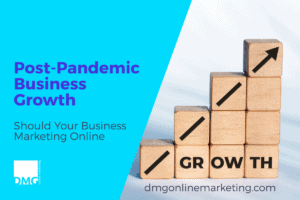 If you’ve only got a Twitter account or a Facebook account, you don’t have an inbound marketing campaign, you have the social media presence of your average high school student. Even if you have Twitter, Facebook, and a blog you’re still nowhere near where you should be. While you should always be talking to your clients and providing them with content and news, you want that to lead somewhere—to your business. That’s where inbound marketing comes in.
If you’ve only got a Twitter account or a Facebook account, you don’t have an inbound marketing campaign, you have the social media presence of your average high school student. Even if you have Twitter, Facebook, and a blog you’re still nowhere near where you should be. While you should always be talking to your clients and providing them with content and news, you want that to lead somewhere—to your business. That’s where inbound marketing comes in.
Inbound marketing is the string that ties your content together
Drawing Connections
Inbound marketing is social media all tied together. There’s the front end and the back end, and you need both to keep launch a successful campaign. The front end of your inbound marketing campaign is your two-way correspondence with your customers. It’s tying together your Twitter account to your Facebook account and then all that to your blog and newsletter, and getting people to actively travel from one to the other. The more exposure, the better.
The back end of inbound marketing is what happens behind the scenes to make sure you have a presence with your potential client base. This is where SEO, SEM, and the more technical strategies involved with lead nurturing and lead generation take place, such as statistical analysis.
Two-Way Communication
Two-way communication is the key to inbound marketing. Outbound marketing traditionally pushed your services and products onto customers, and the only ones still doing this type of marketing are having their advertisements very systematically picked off by spam filters. The modern marketer is providing clients with access to channels where there can be a personal exchange between the business and the customer, like over Twitter or Facebook. Granted personal takes on a different meaning when over the internet, but it’s as personal as you can get when trying to reach a global community. Inbound marketing generates this dialogue to get customers to come to your site, and it does so by generating interest through content generation over social media channels.
Behind the Scenes
It’s not enough to just make content: it has to be quality content that directs the consumer to someplace beneficial for both you and them. This is where your expert analysis of trending and an adequate implementation of SEO and SEM come in handy. Well, not just handy—these techniques are the lifeblood of your inbound marketing strategy. They are to you what the lightning bolt was to Frankenstein—it makes your strategy come alive. No matter how good your content is, if no one can figure out where to find it then it won’t make its way to anyone’s screen. These behind-the-scenes techniques are a necessary part of inbound marketing to not only direct traffic to you, but to generate interest in your brand as well. Once you have a personal brand for your company image, you get a reputation, and in social media reputation is everything.
Modern marketing is inbound marketing. Traditional marketing is a paper boy shouting off a soapbox, or someone handing out flyers on a street corner. Today, people want to be led to quality information and not just forced it. But if the whole process seems a little intimidating for you, just consider that on average inbound marketing costs 62% less per lead than outbound marketing. Now those are some numbers anyone can get behind.



